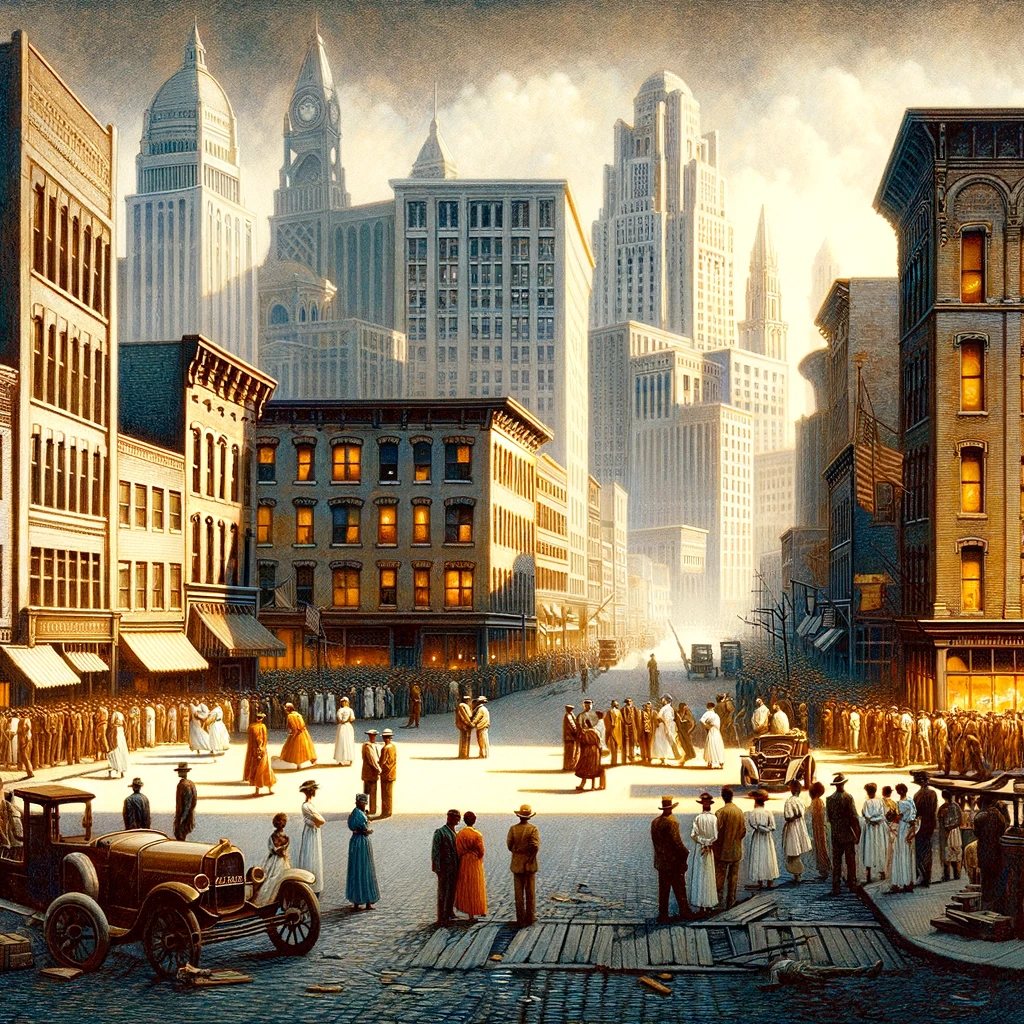The year 1919 marked a pivotal moment in American history, remembered as the “Red Summer” for the bloodshed and violence that erupted across the United States. This period was characterized by widespread racial unrest and marked by numerous race riots, lynchings, and acts of violence against African Americans. The Red Summer highlighted the racial tensions that had been simmering beneath the surface of American society, boiling over in the aftermath of World War I. This article delves into the lead-up to these events, the incidents themselves, and their lasting impact on the nation.
The Post-War Context
The end of World War I in 1918 ushered in a period of significant social, economic, and political upheaval in the United States. African American soldiers returned from the war expecting the rights and freedoms they had fought for in Europe, only to face the same entrenched racism and segregation at home. The Great Migration saw large numbers of African Americans moving from the rural South to northern cities, seeking better economic opportunities and fleeing racial violence. This demographic shift led to increased competition for jobs and housing, exacerbating racial tensions in urban areas.
Catalysts for Conflict
The summer of 1919 witnessed an unprecedented wave of violence against African Americans, fueled by white supremacy, economic competition, and post-war social instability. Several factors contributed to the racial animosities of the time:
- Economic Competition: The return of white soldiers and the influx of African American migrants from the South created fierce competition for jobs, particularly in industrial cities in the North.
- Racial Animosity: The spread of racist propaganda and the resurgence of white supremacist groups, such as the newly revived Ku Klux Klan, contributed to a climate of racial hostility.
- Social Changes: African Americans’ demands for civil rights and the rejection of second-class citizenship challenged the status quo, leading to backlash from white communities.
The Violence Unfolds
The Red Summer saw more than three dozen race riots across the United States, from small towns to large cities like Chicago, Washington D.C., and Omaha. One of the most violent episodes occurred in Chicago, where a dispute over a segregated beach led to a week-long riot, resulting in dozens of deaths and hundreds of injuries. In Elaine, Arkansas, racial tensions exploded over a dispute between black sharecroppers and white plantation owners, leading to one of the deadliest racial confrontations in U.S. history.
These riots were characterized by brutal lynchings, arson, and massacres, with African American communities often being the targets of unchecked mob violence, such as the event that unfolded in Charleston, South Carolina. The federal government’s response was largely inadequate, with little to no effort made to protect the rights of African Americans or to prosecute those responsible for the violence.
Legacy and Reflection
The Red Summer of 1919 left a deep scar on the American psyche, highlighting the deep racial divisions and the urgent need for civil rights reforms. It also marked a turning point in the African American struggle for justice, leading to increased organization and activism within the black community.
The NAACP, founded a decade earlier, played a crucial role in documenting the atrocities of the Red Summer and advocating for federal anti-lynching legislation. Though it would take decades for significant civil rights advances to be achieved, the events of 1919 spurred on the efforts of civil rights activists and laid the groundwork for the Civil Rights Movement of the 1950s and 1960s.

As we reflect on the Red Summer, it serves as a somber reminder of the ongoing struggle against racial injustice and inequality. It also underscores the importance of historical awareness in addressing the root causes of racial violence and moving towards a more equitable society.

One thought on “The Red Summer of 1919: America’s Season of Racial Violence”